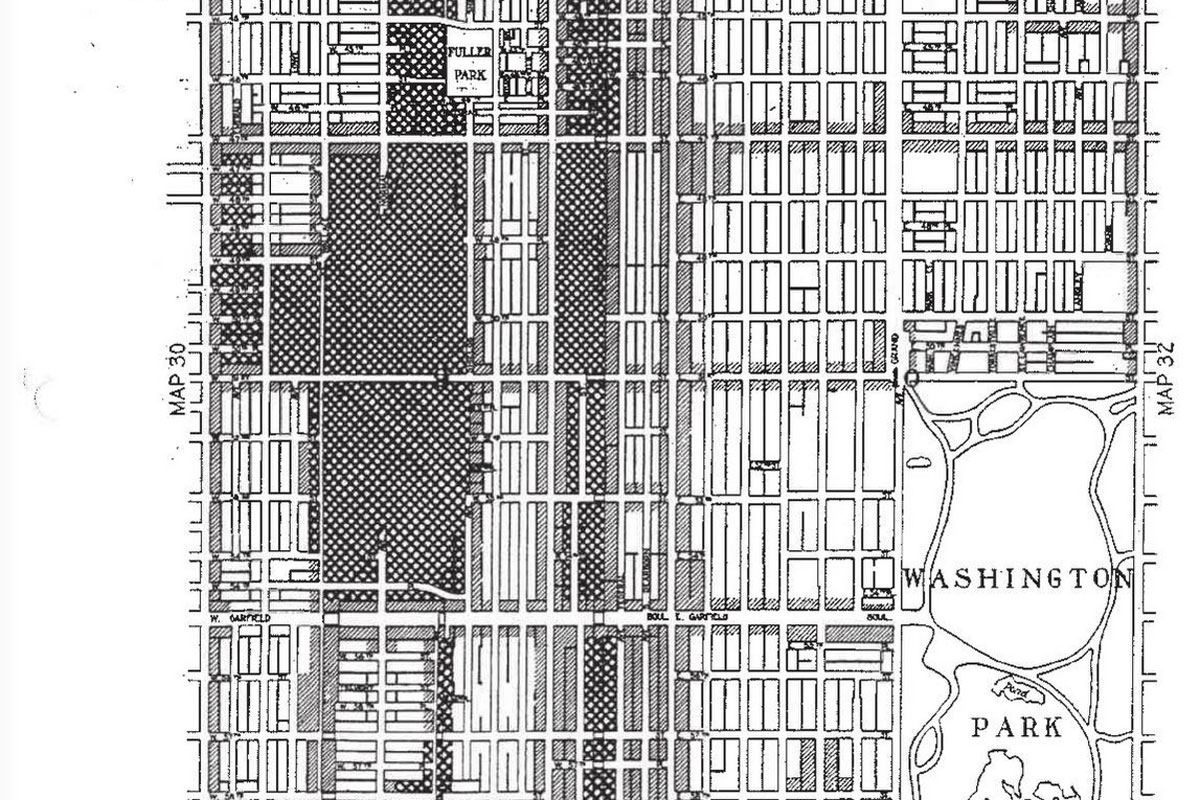I've written before about the unnatural means by which Chicago became one of the most segregated, if not the most segregated, cities in the country. Chicagoans pioneered the use of restrictive covenants, which covered the city in explicitly segregated neighborhoods. In a housing market made artificially tight by them, black homebuyers were exploited by contract buying, forced into overpriced houses without the protections and equity of ownership. Redlining further divided up the city. And where all that failed, there was mob violence.
There's yet another small but potent factor: zoning. The evidence comes from a recent study by three economists, led by Allison Shertzer of the University of Pittsburgh. It asks a simple question: where did Southern-born blacks, Northern-born blacks (who had more money and political clout than the former), and first-generation immigrants live in Chicago prior to its first comprehensive zoning ordinance in 1923, which shaped the city along the lines of how it looks today, and where were different land uses zoned compared to that?
The answer is not especially surprising, but it's another piece of the puzzle. For every one-standard-deviation increase in the black population share of a neighborhood, there was a "27 point increase in the likelihood of the neighborhood being zoned for higher density." For European immigrants, the more of them in a neighborhood, the less likely it was zoned for higher density. Here's how they explain the implications:
At the time, both European immigrants and black migrants faced housing shortages. The Chicago Zoning Board adopted a strategy that had the effect of keeping blacks in place through high-density housing. In contrast, lower density zoning in European immigrant neighborhoods suggests an expectation or intention that these immigrants would spread out across the city. Given the existence at the time of public animus toward both recent European immigrants and blacks, one possibility is that this differential treatment reflected the 1921 passage of federal immigration restrictions. With the border closing, the tide of European immigration was abating, while the inflow of Southern blacks was likely to continue unabated.
So it's not necessarily that European immigrants were looked upon much more favorably—the perception was that, at least from most parts of Europe, their presence lowered land values but not to the same extent—but that changing federal policy would allow them to disperse. And they acknowledge that there might have been beneficial effects (though they're outside of their scope): more density in perilously crowded housing could alleviate, at least, the crowding. But the net effect, given the increasing barriers to finding housing outside the Black Belt, would have been more segregation.
Segregation is one of the legacies, but another is something that goes hand in hand with segregation: the loss of home equity. In a separate working paper, the authors found that the strongest relationship between zoning and housing prices was the presence of single-family zoning. The more there was nearby, the more home values went up.
The effects of zoning in this system weren't as big as geography, transportation, and pre-existing uses of land. And it's unlikely to have been as powerful as the other barriers—de jure and vigilante—to desegregation. But it was a barrier, and a reminder of how heavily the cards were stacked.



